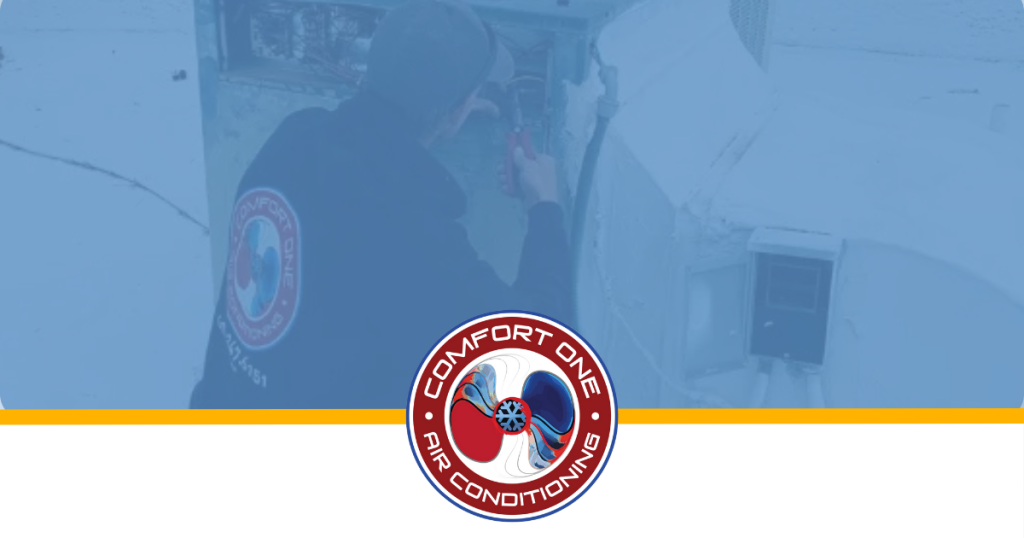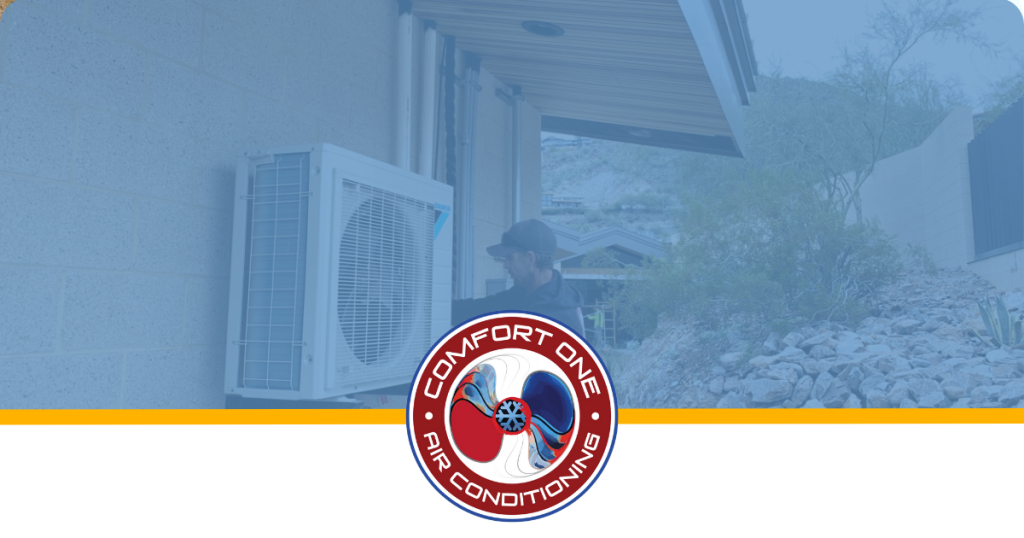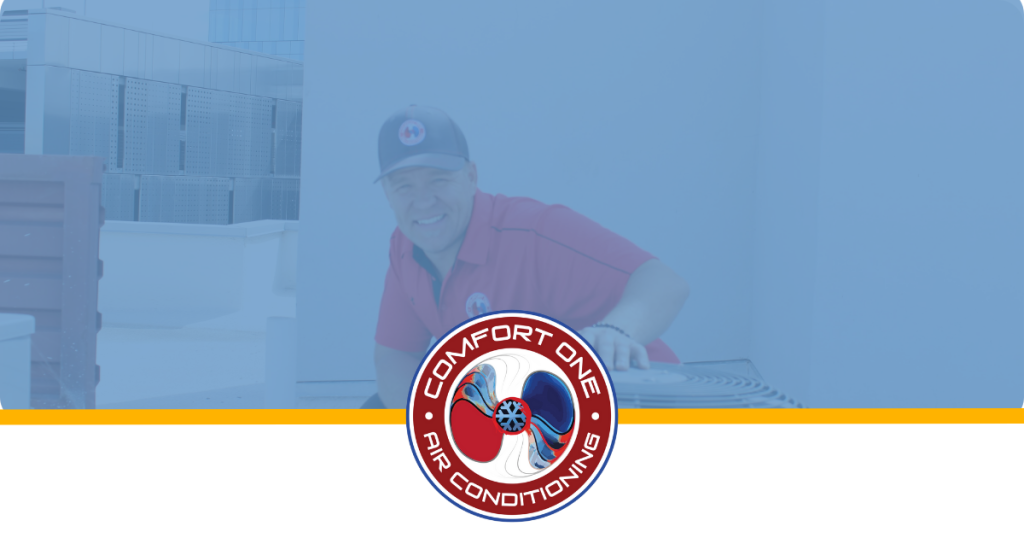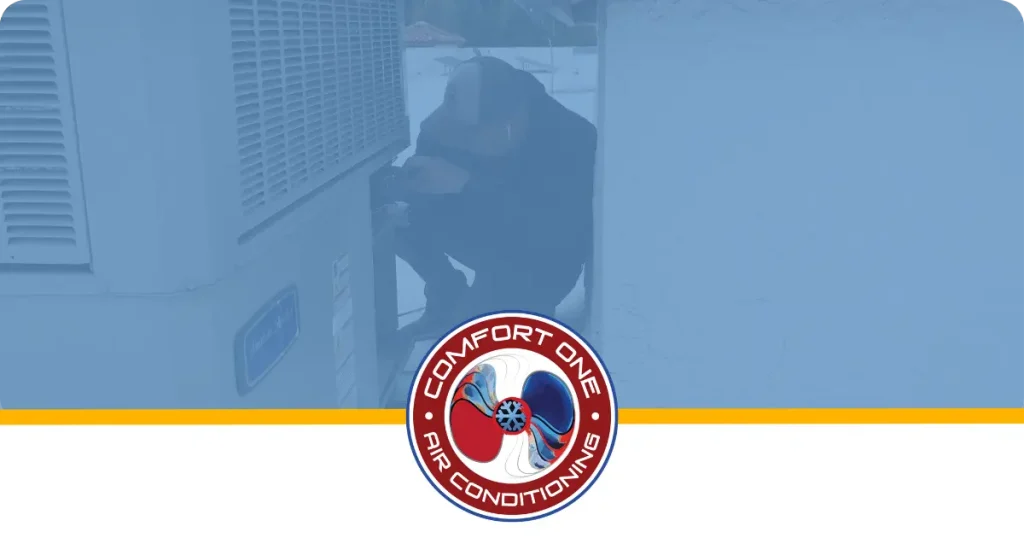In Arizona, deciding when to switch from AC to heat depends on temperature changes. Start considering when to switch from AC to heat, Arizona, when nights drop into the 50s, usually around late October to early November. Arizona’s winters typically don’t require extensive heating due to mild weather conditions. We’ll discuss how to recognize the signs and prepare your HVAC system for a smooth transition.
Key Takeaways
Pay attention to temperature fluctuations; cooler nights signal the ideal time to switch from AC to heating.
Perform essential HVAC maintenance tasks, like changing air filters and cleaning the outdoor unit, to ensure efficient system performance.
Invest in a smart thermostat for easy control and enhanced energy savings during the seasonal transition. Programmable or smart thermostats are especially useful in Arizona’s mild shoulder seasons to manage heating and cooling effectively.
Recognizing the Signs to Switch from AC to Heat
In Phoenix, the high temperatures often persist well into the fall, creating a unique challenge for homeowners deciding when to switch from cooling to heating. As the season progresses, you’ll notice the days remain warm, but the nights start to get significantly cooler, often dipping into the 50s. In regions like Phoenix, you can often switch from using the AC to opening windows and using fans before needing heat. Once daytime highs are consistently below 70°F, you can likely make the full switch from AC to heating without needing to turn the AC back on. This fluctuation between hot afternoons and frigid nights is a clear signal that it’s time to start thinking about switching your HVAC system from AC to heat. Adjusting your temperature settings at night is especially important, as smart thermostats can automatically optimize comfort and energy efficiency overnight when outdoor temperatures drop.
Choosing the right time to switch can save you from discomfort and high utility bills. When you start experiencing cooler evening temperatures, it’s a sign that you can reduce the use of your air conditioner and begin relying on your heating system. Setting your thermostat to around 70–72°F during the day and 68–70°F at night is recommended on cooler days. Not only does this change help in maintaining a comfortable indoor environment, but it also ensures that your HVAC system works efficiently without overburdening it.
The transition from warm days to cool nights can be confusing. However, paying attention to these temperature changes and adjusting your thermostat settings accordingly can help you navigate this period smoothly. When outdoor temperatures consistently drop into the low 60s in the morning, it is likely time to switch to heating. As winter approaches, evenings will become crisper, making it the perfect time to switch to heating and start preparing for the winter months ahead.
Preparing Your HVAC System for the Transition
Before making the switch from AC to heat, it’s crucial to perform essential HVAC maintenance tasks. These tasks not only ensure that your system runs efficiently but also prolong the system’s lifespan and enhance comfort.
Regular maintenance, including professional tune-ups, can extend the system’s lifespan by preventing wear and tear and avoiding costly breakdowns. Additionally, regular HVAC maintenance can reduce energy consumption by up to 15%, making it a cost-effective way to ensure your system operates efficiently.
In the following subsections, we’ll delve into specific maintenance tasks such as changing air filters, cleaning the outdoor unit, and checking thermostat settings.
Changing Air Filters
One of the most critical maintenance tasks is changing your HVAC system’s air filters. Replacing clogged air filters helps: maintain proper airflow, enhance the energy efficiency of HVAC systems, significantly improve your indoor air quality, and keep your HVAC unit running smoothly. Regular cleaning of coils can also prevent the blower motor from overworking and slash energy consumption.
Maintain proper airflow
Enhance the energy efficiency of HVAC systems
Significantly improve your indoor air quality
Keep your HVAC unit running smoothly
Dirty air filters are a common cause of airflow problems, which can strain your system when switching modes due to clogged filters, visible dust, and a dirty filter.
Regularly changing your air filters is part of a fall tune-up that ensures your system is ready for the season ahead. Clean air filters improve air circulation, traps dust and dirt, and prevent airflow restrictions, which can lead to higher energy bills and potential system failures. By keeping your filters clean, you enhance airflow and ensure that your HVAC system operates at peak efficiency.
Cleaning the Outdoor Unit
Cleaning the outdoor HVAC unit is essential for optimal performance. Over time, debris such as: leaves, dirt, sticks can accumulate around the unit, obstructing airflow and reducing efficiency. Air conditioning units are generally not designed to run efficiently or safely in colder conditions. Wind can carry dust, dirt, and debris to the outdoor unit, so it’s important to regularly clear these materials to improve airflow and prevent damage. Regularly removing debris from the top and sides of the outdoor unit helps: maintain proper airflow, prevent the system from working harder than necessary.
leaves
dirt
sticks can accumulate around the unit, obstructing airflow and reducing efficiency. Wind can carry dust, dirt, and debris to the outdoor unit, so it’s important to regularly clear these materials to improve airflow and prevent damage. Regularly removing debris from the top and sides of the outdoor unit helps:
maintain proper airflow
prevent the system from working harder than necessary.
A clean outdoor unit ensures that your HVAC system runs efficiently, reducing the likelihood of breakdowns and keeping your energy bills in check. Make it a part of your seasonal tune-up to clear space around the unit and inspect it for any signs of damage or wear. This simple maintenance task can go a long way in ensuring your system’s longevity and performance.
Checking Thermostat Settings
Before switching to heat, it’s essential to check and calibrate your thermostat settings. This step prevents the furnace from overworking and helps maintain comfort without wasting energy. To ensure your thermostat works optimally, test it by comparing its reading with a thermometer. If the readings don’t match, calibrate your thermostat to align with the accurate temperature.
Calibrating the thermostat can significantly enhance comfort levels and prevent unnecessary energy waste. Smart thermostats can make this process even easier by allowing for remote control and early issue detection, ensuring comfortable temperatures without manual adjustments.
Proper thermostat settings are crucial for the efficient operation of your HVAC system during the transition.
How Cooler Nights and Monsoon Season Affect Your HVAC System
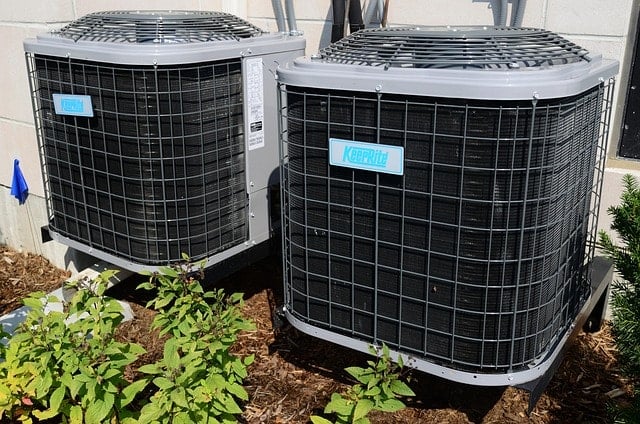
As fall approaches, Arizona residents experience a unique climate with warm days and much cooler temperatures in the evenings. This significant drop in nighttime temperatures often signals the right time to switch from cooling to heating modes. Cooler nights require adjustments in HVAC settings to maintain a comfortable indoor environment. Arizona HVAC systems must also be prepared to handle not only cooler nights but the return of triple digit temperatures during the summer, which can put extra strain on the system.
In Scottsdale, the seasonal transition brings about fluctuations in temperatures, prompting Scottsdale homeowners to adjust their HVAC systems accordingly. Additionally, environmental factors such as dust, pollen, and pet dander can affect your HVAC system’s performance. In areas like Flagstaff, freezing nighttime temperatures and snow are common, making heating essential to stay warm. The monsoon season, characterized by rain and increased humidity, can further complicate matters by adding moisture to the air. These changes can lead to restricted airflow and strain on your system, making regular cleaning and servicing even more critical.
Regular HVAC maintenance during the fall season can help mitigate these issues and ensure cleaner indoor air by eliminating dust and allergens. A well-maintained system is better equipped to handle the environmental challenges posed by cooler weather and monsoon conditions, keeping your home comfortable and energy-efficient.
Benefits of Switching Early in the Fall Season
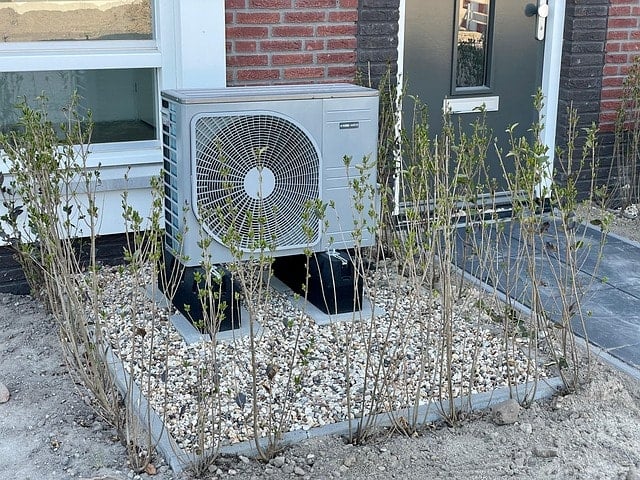
Switching to heating early in the fall can lead to significant energy savings. Modern HVAC systems are designed to operate more efficiently than older models, reducing energy consumption and lowering energy costs. Early switching can also improve indoor air quality through advanced filtration systems, ensuring a healthier living environment. A comfortable indoor temperature during mild Arizona winters is around 65–72°F.
By transitioning to heat ahead of winter, you can enhance overall home comfort with consistent temperature regulation and humidity control. This proactive approach ensures that your HVAC system is ready for the colder months, providing a seamless shift from one season to the next.
Take advantage of the fall season and summer to prepare your system and enjoy the benefits of energy savings, better air quality, and enhanced comfort to boost energy efficiency during the seasons.
How to Switch from AC to Heat Using a Smart Thermostat
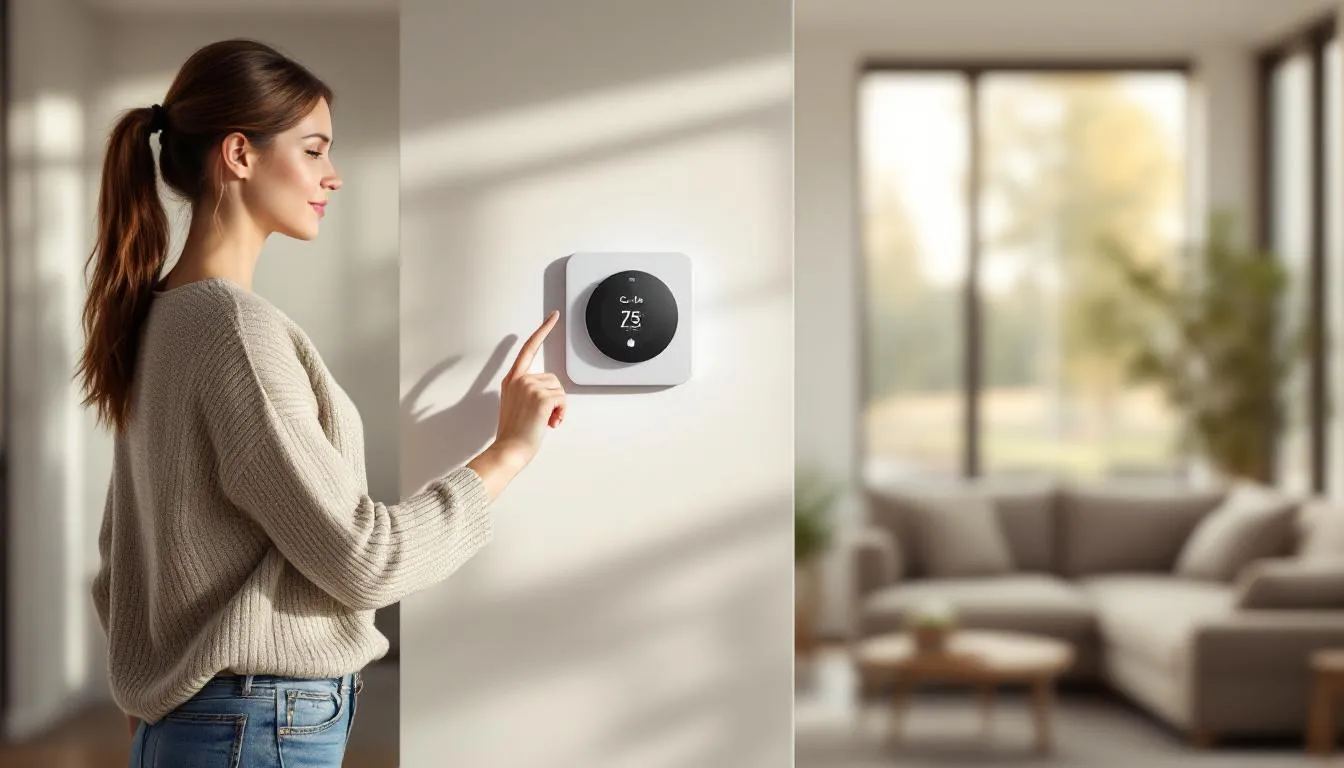
Using a smart thermostat to switch from AC to heat can simplify the process and enhance energy efficiency. Smart thermostats, like the Cielo Smart Thermostat, allow you to control your HVAC system remotely using on-device controls or a mobile app. This feature ensures that you can make adjustments even when you’re not at home, maintaining a comfortable indoor environment at all times. Additionally, using a smart thermostat helps save energy by allowing for wider temperature bands, optimizing energy use without compromising comfort.
Smart thermostats offer several advantages, including early issue detection and energy reports that help you monitor and optimize your energy usage. By learning your habits and adjusting automatically, these devices can help you save on energy bills and keep your home comfortable without manual interventions.
To switch to heat mode on a central HVAC system with a smart thermostat, follow the manufacturer’s instructions, usually involving simple steps on the device or app. Embracing smart technology in your home can make the seasonal transition smoother and more efficient.
Common Issues When Switching from AC to Heat
Transitioning from AC to heat can sometimes lead to common issues that homeowners should be aware of. One such problem is frozen evaporator coils, which can occur if airflow is insufficient, leading to ineffective cooling and heating. Refrigerant leaks can also develop during the switch, often indicated by warm air blowing from vents.
Electrical issues, such as tripped breakers or damaged wiring, can prevent the air conditioning system from functioning correctly after switching from heat. Regular checks and maintenance can help prevent these small issues from escalating into major problems, avoiding costly breakdowns and ensuring your system runs smoothly.
Airflow Restrictions and Performance: What to Watch For
As the fall season brings cooler temperatures to Scottsdale, it’s essential for homeowners to pay close attention to their HVAC system’s airflow and overall performance. Airflow restrictions are a common issue that can impact both energy efficiency and indoor air quality, especially as your system transitions from cooling to heating.
One of the first steps in maintaining optimal airflow is to inspect the outdoor unit for any debris, such as leaves, dirt, or branches, that may have accumulated during the summer or after the monsoon season. Clearing away this debris ensures your HVAC system doesn’t have to work harder than necessary, helping to keep energy costs in check and the system running smoothly.
Regular maintenance tasks, like changing air filters every 1-3 months, are also crucial during a fall tune up. Dirty or clogged filters can restrict airflow, reduce your system’s efficiency, and lead to higher energy bills. By staying on top of filter changes, you not only boost energy efficiency but also improve air circulation and indoor air quality throughout your home.
It’s also wise to have a certified technician perform a fall HVAC tune up. During this visit, the technician can inspect your air ducts for leaks or holes that might be letting conditioned air escape, which can increase energy consumption and make it harder to stay comfortable during the winter months. Sealing any leaks and ensuring your ductwork is in top shape will help your heating system operate efficiently as temperatures drop.
Upgrading to a programmable or smart thermostat is another effective way to save energy and maintain comfort during the fall season. By optimizing thermostat settings to match your family’s schedule and the fluctuating outdoor temperatures, you can reduce unnecessary energy use and keep your home comfortable without overworking your HVAC unit.
Finally, don’t overlook the impact of Arizona’s monsoon season. Heavy rain and strong winds can introduce additional debris and moisture around your outdoor unit and into your ductwork. After the monsoon season, it’s essential to inspect and clear the area to prevent airflow restrictions and avoid costly breakdowns as you head into the peak season for heating.
By scheduling maintenance before the winter months, keeping up with essential tasks like filter changes and outdoor unit inspections, and optimizing your thermostat settings, Scottsdale homeowners can ensure their HVAC system is ready to handle the season ahead. These proactive steps will help boost energy efficiency, reduce energy bills, and keep your home comfortable all fall and winter long.
Scheduling Seasonal Tune-Ups with Certified Technicians
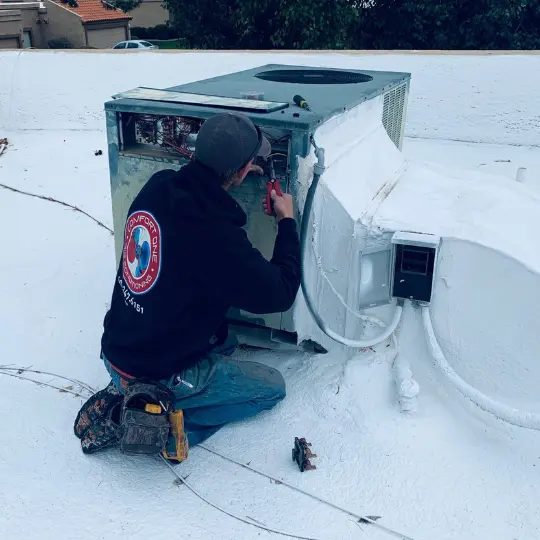
Regular maintenance of HVAC systems is essential to prevent unexpected breakdowns and ensure efficient operation when switching from AC to heat. A professional furnace tune-up can catch potential problems before they become costly, ensuring your system is ready for the extreme temperatures ahead. Many clients see up to 15% lower energy bills after a fall inspection. Scheduling maintenance during the mild fall season ensures your HVAC system is prepared for the colder months with a fall hvac tune up.
During a tune-up, a certified technician will measure airflow, check thermostat accuracy, and inspect heat exchangers to ensure everything is in top shape. This comprehensive evaluation is crucial for HVAC maintenance, laying the foundation for a safe and efficient heating season, including an hvac tune up.
Make it a priority to schedule maintenance for your tune-up to keep your system work harder running smoothly. Schedules are essential for ensuring everything is in order.
Tips to Save Energy During the Transition
Saving energy during the transition from AC to heat is not only environmentally friendly but also beneficial for your wallet. Lowering the thermostat by 5-7 °F when you’re not home or asleep can significantly enhance heating efficiency. Programming your smart thermostat to adjust the temperature during these times can lead to substantial savings, up to 10 percent on heating bills.
Additionally, sealing drafts around doors and windows helps retain heat, reducing the workload on your heating system. Using fans to improve air circulation can also make your heating system more efficient, ensuring that your home stays comfortable without excessive energy consumption.
Summary
In summary, recognizing the signs to switch from AC to heat and preparing your HVAC system for the transition are crucial steps in maintaining a comfortable and energy-efficient home. From changing air filters and cleaning the outdoor unit to checking thermostat settings, these maintenance tasks can significantly enhance your system’s performance and lifespan.
Switching early in the fall season offers numerous benefits, including energy savings, improved indoor air quality, and enhanced comfort. Embracing smart thermostat technology and scheduling regular tune-ups with certified technicians can further optimize your HVAC system’s efficiency. By following these tips and staying proactive, you can ensure your home remains comfortable throughout the colder months.
Frequently Asked Questions
When is the best time to switch from AC to heat in Arizona?
The ideal time to switch from AC to heat in Arizona is when you notice cooler evening temperatures in the fall. Embrace the changes of the season and keep your home comfortable!
How often should I change my HVAC system’s air filters?
Change your HVAC system’s air filters every 1 to 3 months to ensure optimal airflow and energy efficiency. Keeping on top of this simple task will greatly enhance your system’s performance!
What are the benefits of using a smart thermostat for my HVAC system?
Using a smart thermostat can significantly lower your energy bills while providing convenience through remote control and automatic adjustments to your habits. Plus, it helps detect issues early, ensuring your HVAC system runs efficiently.
What common issues should I watch for when switching from AC to heat?
Watch out for frozen evaporator coils, refrigerant leaks, and tripped breakers when switching from AC to heat. Staying alert to these issues will help ensure a smooth transition and keep your system running efficiently!
Why is it important to schedule a seasonal tune-up with a certified technician?
Scheduling a seasonal tune-up with a certified technician is crucial because it prevents unexpected breakdowns and ensures your HVAC system runs efficiently during extreme temperatures. Many homeowners save on energy bills after completing a seasonal HVAC tune-up. Don’t wait for issues to arise—take proactive steps to keep your home comfortable!
Author
-

Tapani Ojalehto is a RSI-top tech with over 15 years of experience in the HVAC industry. Tapani Ojalehto is the owner and founder of Comfort One Air Conditioning LLC, a HVAC company in Scottsdale, Arizona. Tapani enjoys hockey, archery, hunting, fishing and everything outdoors. He loves quality time with his wife Jessica of 15 years and their pup Loki Bear.
View all posts


